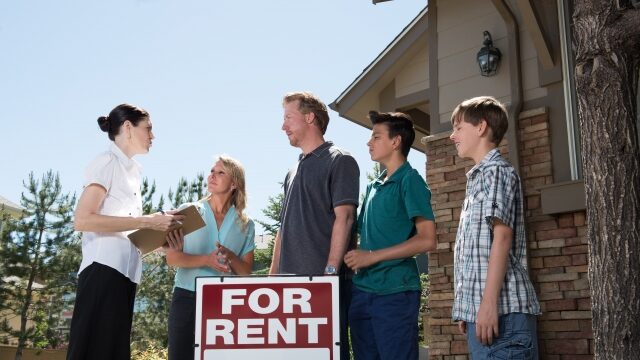In the urban areas of Japan, especially in central Tokyo, there are many small apartments. Over the years, the living environment has improved. This article will introduce you to the basic information and useful tips about apartment living in Japan.
By the end of this article, you will understand the process of renting a home in Japan. A must-read for those living in Japan!
- Types of Apartments:
In Japan, there are two main types of apartments: “Apart” and “Mansion”.
Small properties with about ten rooms made of wood or lightweight steel are called “Apart,” while larger properties made of heavy steel or reinforced concrete are known as “Mansion”. - What is LDK?
In the real estate industry, the abbreviation “LDK” is commonly used. L stands for Living, D for Dining, and K for Kitchen. Combined with the number of rooms, it represents the layout of the apartment. For instance, 1LDK = an apartment with one room, plus living, dining, and kitchen areas. Most people living alone reside in “1K” type rooms. - Choosing an Apartment:
When choosing an apartment, several factors, such as location, age of the building, and room size, will affect the cost of rent. For instance, properties near the city center or stations, or those surrounded by entertainment facilities, are expensive.
However, properties farther from stations are relatively cheaper.
For older buildings with few tenants, you might be able to negotiate a rent reduction. It’s essential to find a home that fits your lifestyle. - Initial Costs When Renting an Apartment:
• Security Deposit: Usually one month’s rent. Used for restoring the apartment when you move out. You typically get it back minus any damages.
• Key Money: Usually one month’s rent. Paid to the property owner as a gesture of gratitude. Unlike the security deposit, this isn’t returned. Recently, properties without key money have increased.
• Advance Rent: Typically one month’s rent.
• Brokerage Fee: Between 0.5 to 1 month’s rent plus tax.
• Fire Insurance: Approximately 15,000 yen for singles and 20,000 yen for couples or families.
• Guarantor Fee: Usually half a month’s rent. This is non-refundable and acts as insurance in case you can’t pay the rent.
• Key Replacement Fee: Typically between 15,000 and 20,000 yen. The total initial cost is roughly between 4.5 to 5 times the monthly rent. It’s advised to consult a trustworthy real estate company, especially since plans that alleviate these costs are becoming more common. - Monthly Costs:
• Rent: Generally paid by bank transfer.
• Maintenance Fee: For the upkeep of shared areas like hallways, stairs, and elevators.
• Utilities: Usually not included in the rent, except in some companies catering to foreigners. - Moving Out:
Notify your property management company in advance. Depending on your lease contract, there may be penalties for early termination or requirements to give two months’ notice. - Warning:
Apartment living in Japan has its unique culture and systems.
Ignorance can lead to wasting tens of thousands of yen.
While many initial costs like key money and advance rent exist, plans to reduce these costs are increasing.
Some might even face hefty cleaning fees after moving out.
It’s crucial to find a reliable real estate agency to help you navigate these challenges.
At Momotarou Real Estate, we have advisors specialized in assisting foreigners, guiding you from house hunting to minimizing initial costs and even consultations about moving out, all in your native language. Our supporters have all studied abroad, so they can empathize and assist you dedicatedly.
Feel free to contact us.
-1024x307.png)



